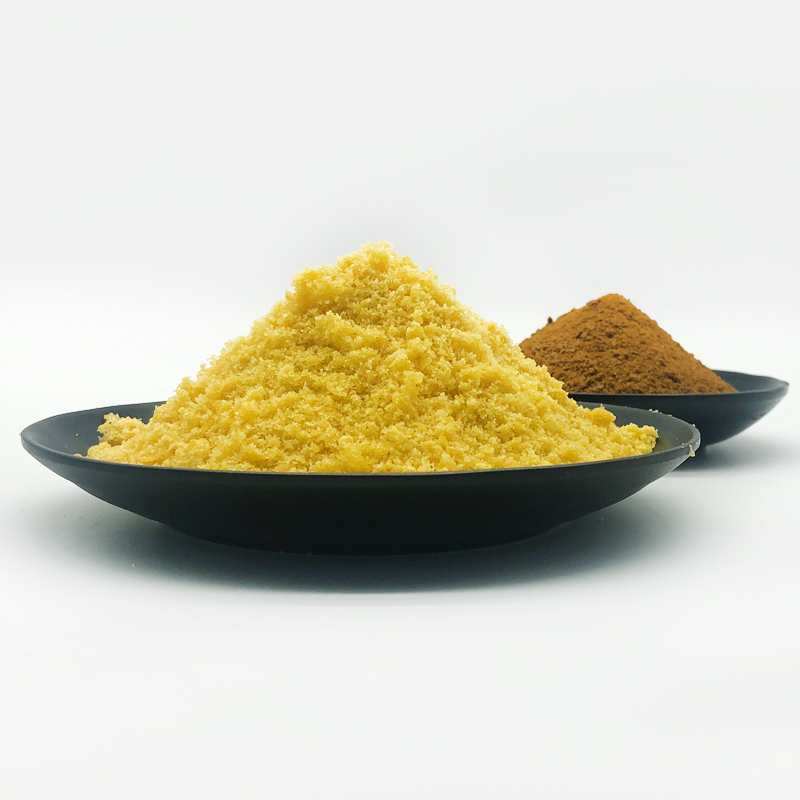E-mail: admin@saifutd.com Tel: 86-13598853789
E-mail: admin@saifutd.com Tel: 86-13598853789
news
When using polyaluminum chloride to remove phosphorus in sewage treatment, it mainly uses the adsorption of aluminum hydroxide. After polyaluminum chloride is added to water, it is hydrolyzed to form polynuclear polyhydroxy cation, which can combine with phosphorus and dihydrogen phosphate to cause coordination reaction, forming a complex structure of macromolecular complex, reducing its water solubility , Which increases the degree of aggregation and is coagulated and settled down. A large number of hydroxide flocs formed during the coagulation process are precipitated. It has a strong adsorption capacity and can reduce the concentration of phosphorus in wastewater through the adsorption of flocs. At the same time, through net catching and mechanical sweeping, they condense and settle down to achieve the purpose of coagulation and phosphorus removal.

What is the proportion of polyaluminum chloride phosphorus removal concentration, usually need to carry out experimental analysis:
1. According to the different quality of raw water, do a small test to get the dosage before use (reference dosage range: 20~800ppm).
2. In order to facilitate the calculation, in the experiment small test solution configuration, according to the weight-to-volume ratio (W/V), generally 2 to 5% is better. For example, with 3% solution: weigh 3g of polyaluminum chloride, put it into a washed 200ml measuring cylinder, add about 50ml of clean water, and then add water to dilute to the 100ml mark after dissolving, and shake well.
3. When using, liquid products are mixed into 5-10% solution, and solid products are mixed into 3-5% solution. Too low concentration will reduce the use effect; too high concentration will cause waste and it is not easy to control the dosage.
4. The ideal dosing amount obtained after dosing. We found in our experiments that the phosphorus removal rate keeps increasing with the increase in dosage. When the dosage is greater than 155mg/L, the phosphorus removal effect is better, and the effective dosage is up to 500mg/L to maintain the ideal effect. It can be seen from the experimental results that the concentration of polyaluminum chloride for phosphorus removal is generally 10-20kg per thousand tons when the raw water turbidity is 155~500mg/L.
In addition, pay attention to observation and adjustment during operation. If there is little alum bloom in the sedimentation tank and large residual turbidity, the dosage is too small; if the alum bloom in the sedimentation tank is large and upturned, and the residual turbidity is high, the dosage is too large. It should be adjusted appropriately, and the dosing equipment should be antiseptic.
Polyaluminum chloride used in sewage treatment is generally used as a flocculant, and it is used as a phosphorus removal agent in some cases. Because of the different effects, the concentration and dosage of the products are very different. Polyaluminum chloride agents of different manufacturers or different brands cannot be mixed, and they must not be mixed with other chemicals.

Our company successfully completed the shipment of an urgent order for polyacrylamide.Shipping Date: August 25, 2025Recently, a batch of polyacrylamide (PAM) products of a specified model completed final inspection at our finished goods warehouse and was loaded onto a truck for shipment to a well-kn

Recently, our company reached a long-term cooperation agreement with an Indonesian environmental protection company, exporting a full container of polyaluminum chloride and polyacrylamide to them.Photo of the cargo being loaded at the port.After several rounds of discussions with the customer, we re